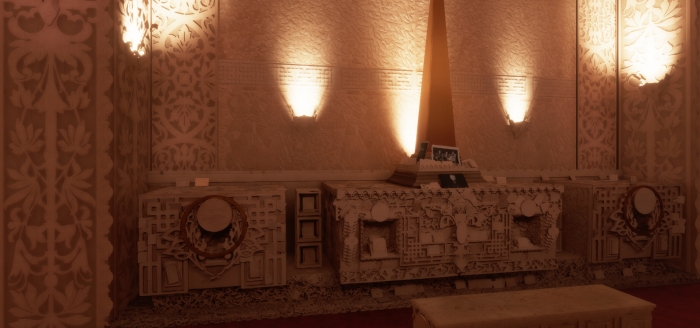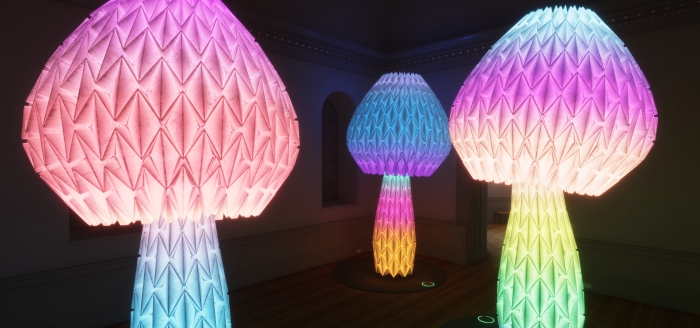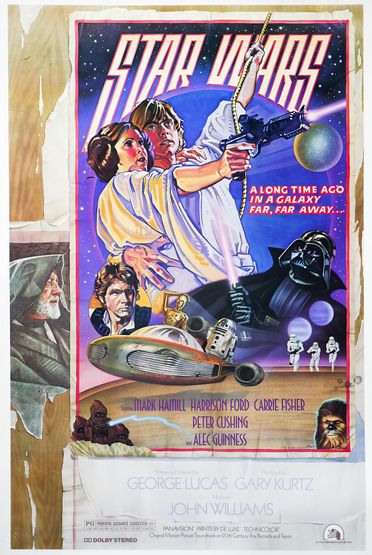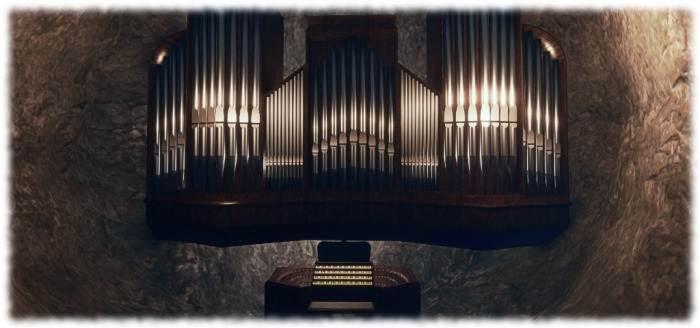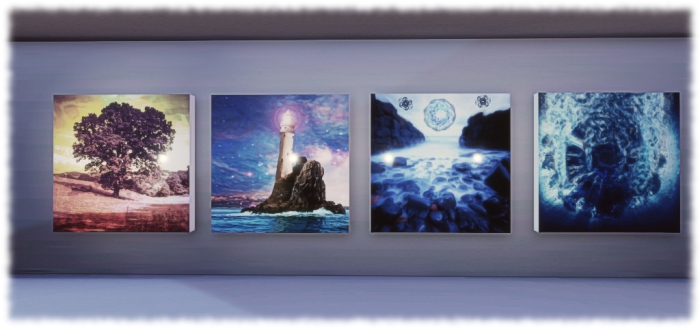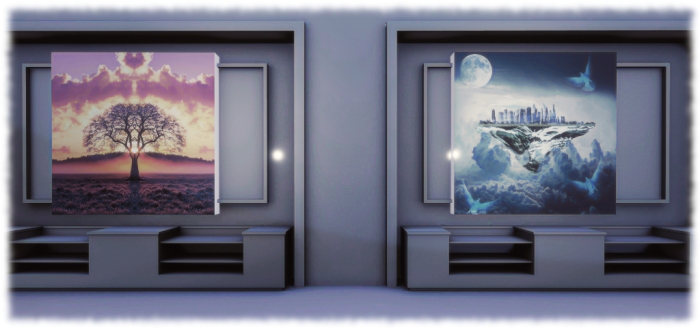
Three years ago, in December 2016, Bryn Oh unveiled Hand, a full-region installation offering visitors an immersive experience mixing art and storytelling with a touch of mystery and discovery. I visited that installation on the occasion of its opening – see Bryn’s Hand in Second Life – so I was delighted to learn via a Tweet from fellow traveller Wurfi that Bryn has opened Hand within Sansar.
The original Hand was an interactive experience, utilising many of Second Life’s capabilities, notably the use of a HUD as a guide tool and storytelling device. Sansar currently lacks any real ability to provide an HUD-like capability, but this doesn’t lessen the impact of Hand in Sansar. Instead of the HUD, this installation make use of dynamic objects within the installation to tell the story, notably in the form of the principal character in the story, Flit – or Flutter, as she is also known.

I won’t dwell on the story in great depth, given I did so in my original piece on Hand, but I will repeat something I noted in that article:
This journey takes us through a strange, broken urban setting with decaying, collapsing buildings; a place where adults are almost (but not entirely) absent, apparently leaving their children to fend for themselves … Walking through the streets and buildings I seemed to come across nods to dystopian sci-fi: a hint of Soyent Green here, a reference to rampant consumerism there. While Flit and the other children brought to mind shades of And The Children Shall Lead, minus the space alien angle.
– Bryn Oh’s Hand in Second Life, December 2016

What is particularly impressive with this build – which Bryn has specifically built around the use of VR headsets to gain a full sense of immersion that the original in Second Life perhaps couldn’t achieve – is the richness of colour, sound and sense of presence, the latter being fully appreciable even when visiting in Desktop mode as I did.
This edition of Hand, as Bryn notes in her blog, has been made possible through the support of the Ontario Arts Council, an organisation that has – to the benefit of us all – long supported Bryn’s work. In that post, Bryn also muses on art within virtual spaces, and how the capabilities of VR headsets coupled with creative environments like Sansar can help to bring a new artistic movement to the attention of a wider audience:
We had the Cubists, Impressionists, Surrealists, Modernists and I see our movement as the Immersivists. I have believed in this idea a long time but now with virtual reality headsets such as Vive or Oculus, the immersion is less fragile. You don’t look at a computer screen and beyond its borders see a bill that needs to be paid or your cell phone rings… instead you are in the world I have created and firmly there. Unlike painting where you stand from a distance and look at a static scene or cinema where you are told a story as a passive observer, virtual reality artwork can offer the ability to be an active participant in the art.
– Bryn Oh
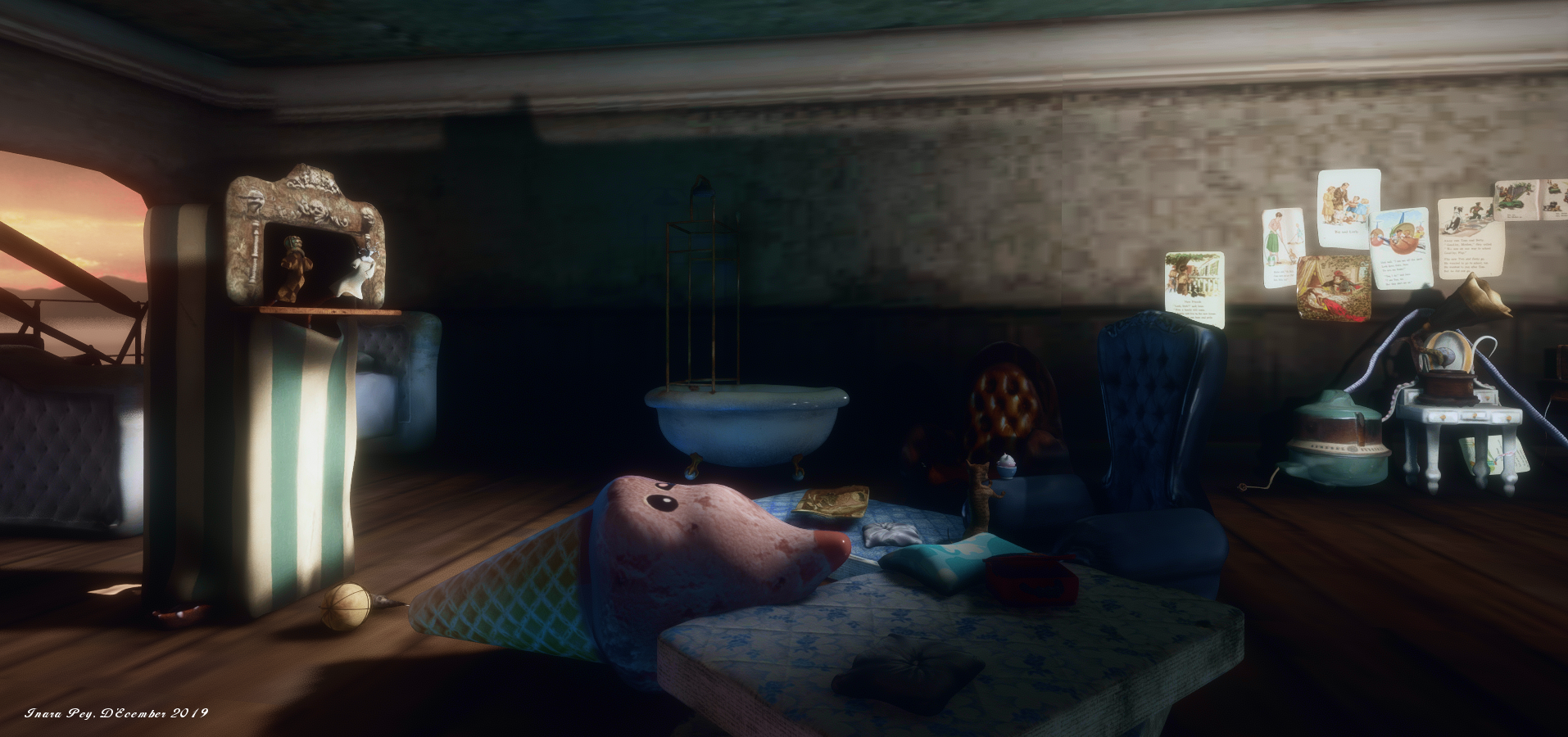
Hand is proof of this. Within it, we can not only follow Flutter’s story, but we can look elsewhere. Spaces that can only be hinted at in a painting or seen as a passing background in a film can be turned to and explored. Of course, this has always been the case with Second Life, but the personal immediacy of VR does take this personal involvement within a an installation like this adds a further layer to the narrative within it.
As captivating as the original – Desktop users note that some free-camming might be advised – Hand remains as an engrossing story in Sansar as it did in Second Life.


